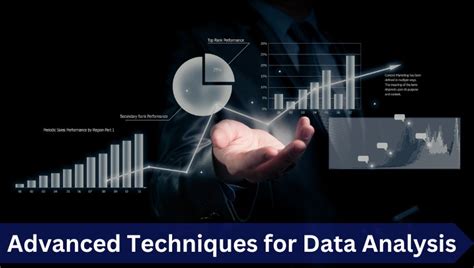Technical analysis techniques for cryptography merchants
The world of cryptocurrency trade has become increasingly complex, and prices fluctuate quickly and unpredictably. As a result, merchants require technical analysis techniques to make informed decisions and stay at the forefront of the market. In this article, we will explore some of the most effective technical analysis techniques used by cryptography merchants.
1. Graphics patterns
Graphics patterns are a fundamental tool in technical analysis, used to identify possible price movements and trends. Here are some common graphics patterns used by Crypto Traders:
* Head and shoulders : A bullish or bassist pattern that is formed when prices reach the upper or lower end of a range.
* Triangle patterns : A lateral pattern formed when prices bounced together, indicating a possible investment in the trend.
* GUBLFO ENGULFO : An investment pattern where the price is broken below the previous minimum, indicating a downward trend.
2. Indicators and oscillators
Indicators and oscillators are technical tools that help merchants evaluate the impulse and market trends. Here are some popular:
* Mobile averages (MA) : An average of price time for a specific period, used to identify trends and outbreaks.
* Relative Force Index (RSI) : An impulse indicator that measures the speed and change of price movements, indicating a possible overtime or tender.
* Bollinger bands : An indicator based on volatility that draws two mobile averages with standard deviations, used to measure market risk.
3. Trendlines
The trend lines are lines drawn in graphics that connect the lowest and highest points of a trend. Here we show you how to use them:
* Mobile average convergence divergence (MACD) : A line that compares the speed of two trends, used to identify potential reversions.
* Stochastic oscillator : A current price ratio to its 14 -day mobile average, used to measure the impulse.
4. support and resistance
Support and resistance are levels in which prices tend to bounce or correct in certain directions. Here we show you how to use them:
* Support levels : The lowest level than a price touches before recovering.
* Resistance levels : The highest level that touches a price before correcting down.
5. News and feelings analysis
The analysis of news and feelings help merchants evaluate market reactions to important events. Here are some news sources:
* Blogs and articles online : good reputation sources such as Coindesk, Bloomberg and CNBC provide valuable information about market trends.
* Social networks : Follow the leaders and influential industry on Twitter, LinkedIn or Facebook to stay informed about market developments.
6. Candle patterns
Candle patterns are graphic representations of price movements that help merchants identify potential reversions. Here we show you how to use them:
* Hammer pattern : A bullish pattern where the price forms a hammer shape.
* Tiring Star Pattern : A bearish pattern where prices form a fleeting star form.
7. Price Action Analysis
The analysis of the price action implies studying the price flow during an exchange, using techniques such as graphics patterns and indicators to identify reversions or potential continuations. Here we show you how to analyze the price action:
* Price fools : Study the price action after rebounds, since they may indicate a reversal of trends.
* Volume signals : Analyze volume patterns, such as increasing or decreasing volume during shoots.
8. DESGLOSE OF THE TECHNICAL INDICATOR

The breakdown of the technical indicator implies analyzing each technical indicator separately to understand its strengths and weaknesses. Here we show you how to analyze the indicators:
* Overposition of the indicator : Compare the performance of different indicators.
* Indicator crossovers : Analyze when the indicators cross, since they may indicate a potential reversal.
** 9.